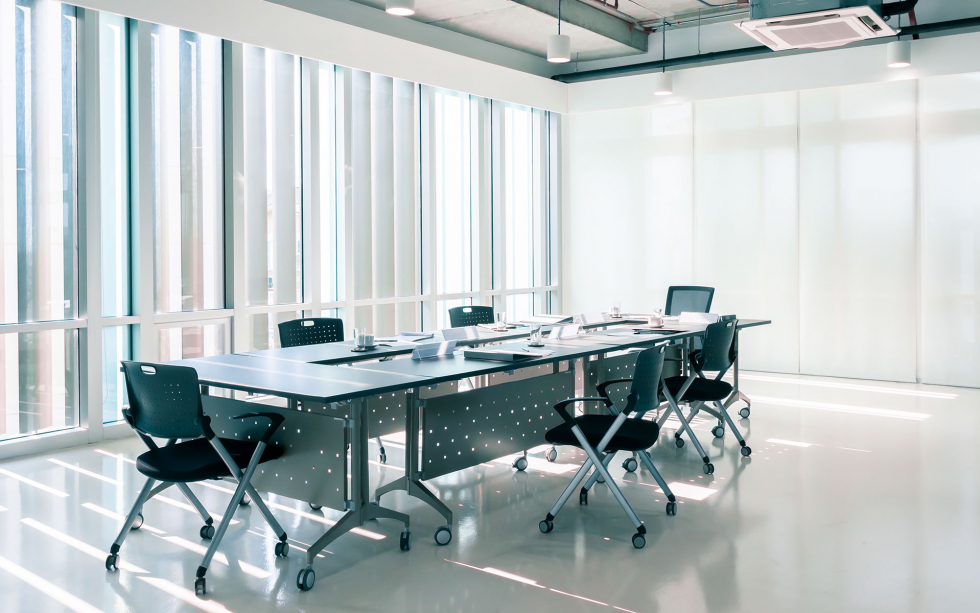A sultry afternoon in a naturally ventilated office during the hottest summer on record

This article is about the experience of discomfort, applicable physics and some possible corrective actions in a very hot naturally ventilated office on the CSIR campus during the hottest summer in Pretoria on record, as reported by South African Weather Service. Although this particular office has a split unit air conditioner the author, being a great believer in passive design, never uses it. Conventional design wisdom argues that a high thermal mass building is the answer in climates that have a high diurnal temperature swing such as South Africa due to the so called “fly wheel” effect. Thermal mass is the ability of a material to absorb and store heat energy. A large amount of heat energy is required to change the temperature of high density materials like concrete, bricks and tiles.
They are therefore said to have high thermal mass. Lightweight materials such as a light weight steel construction have low thermal mass (Reardon et al., 2013). Appropriate use of thermal mass throughout a building can make a big difference to comfort and heating and cooling operational costs. The author’s office is the most massive simple structure that was immediately available for analysis. Traditionally most buildings have been built using masonry in South Africa. This case study quantifies the discomfort in a typical high thermal mass office building in the CSIR in Pretoria (the author’s office) during the extreme heat wave experienced in December 2015 and January 2016, when dry bulb temperatures reached 42.5 °C as measured by the author’s own WH3081 solar wireless weather station made by Fine Offset. This weather station consists of base station (console) and a suite of outdoor sensors that transmits the various readings to the base station. The previous summers of December 2014 and January 2015 were also extremely hot. The article critically analyses the effect on comfort and passive methods that could have made it more comfortable. It also investigates the limits to passive methods under these rather extreme conditions.

Comments